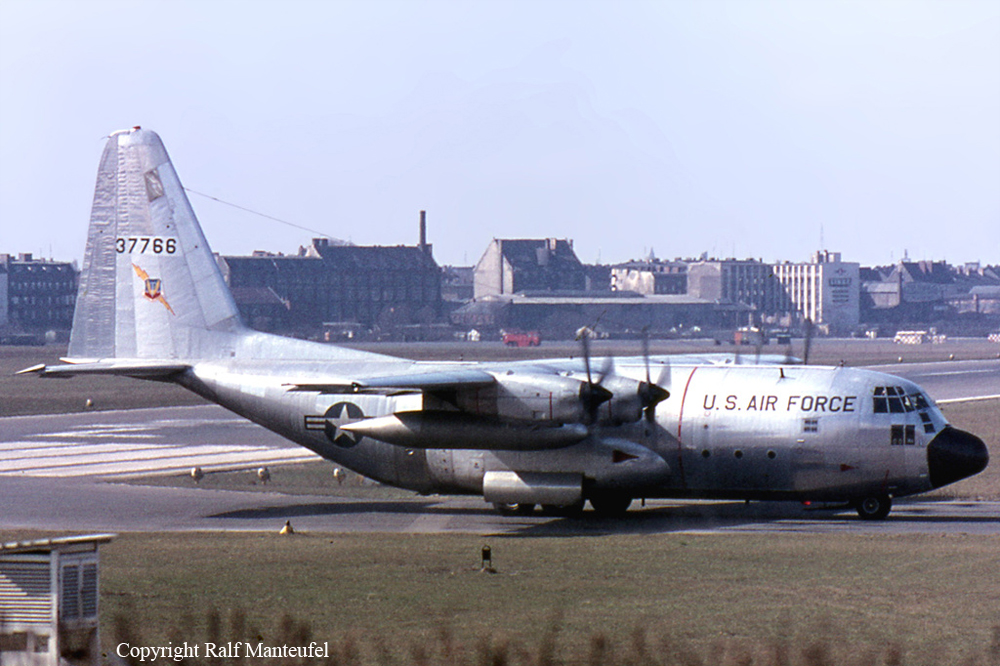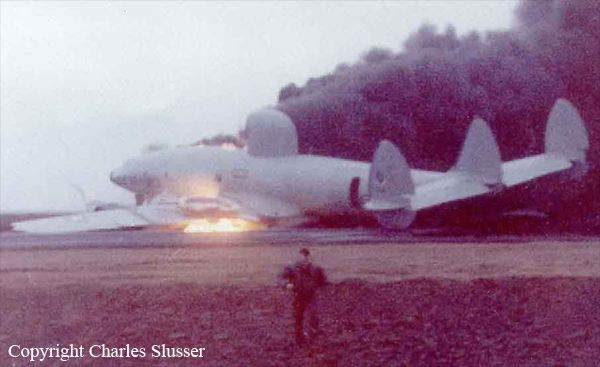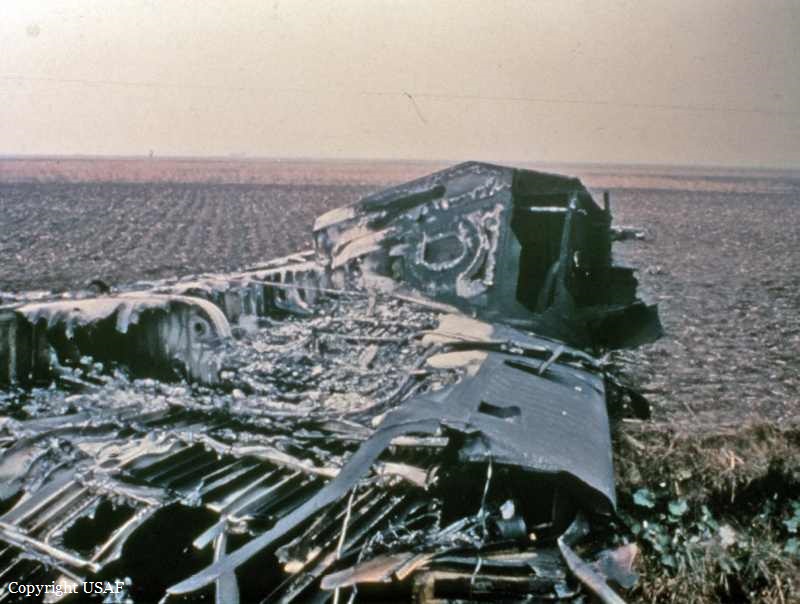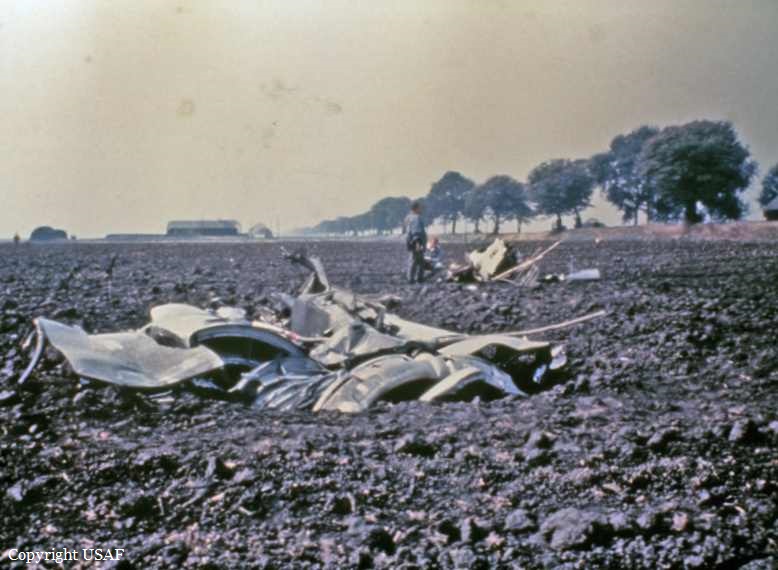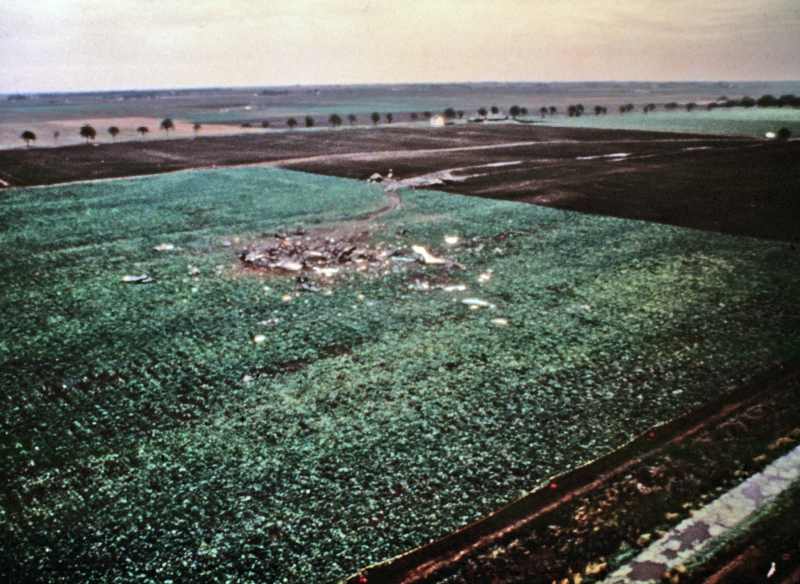Crash of a Lockheed C-130E Hercules in Conway: 8 killed
Date & Time:
Sep 8, 1978 at 2300 LT
Registration:
64-0532
Survivors:
No
Schedule:
Little Rock - Little Rock
MSN:
4021
YOM:
1964
Crew on board:
8
Crew fatalities:
Pax on board:
0
Pax fatalities:
Other fatalities:
Total fatalities:
8
Circumstances:
The crew departed Little Rock-Jacksonville AFB for a training mission. While flying by night in poor weather conditions, the four engine airplane struck the slope of a mountain located near Conway, about 20 miles northwest of the airbase. All eight crew members were killed.


